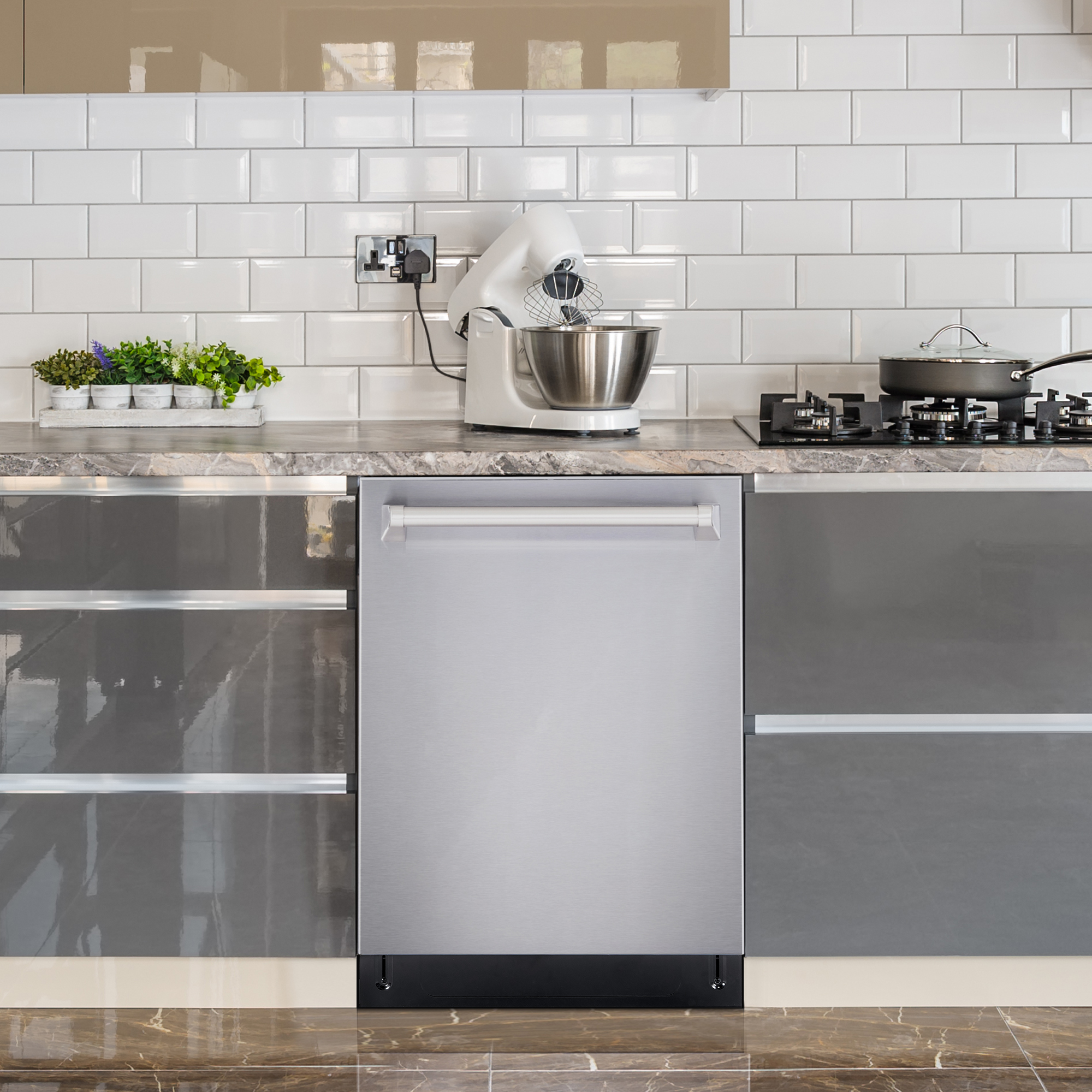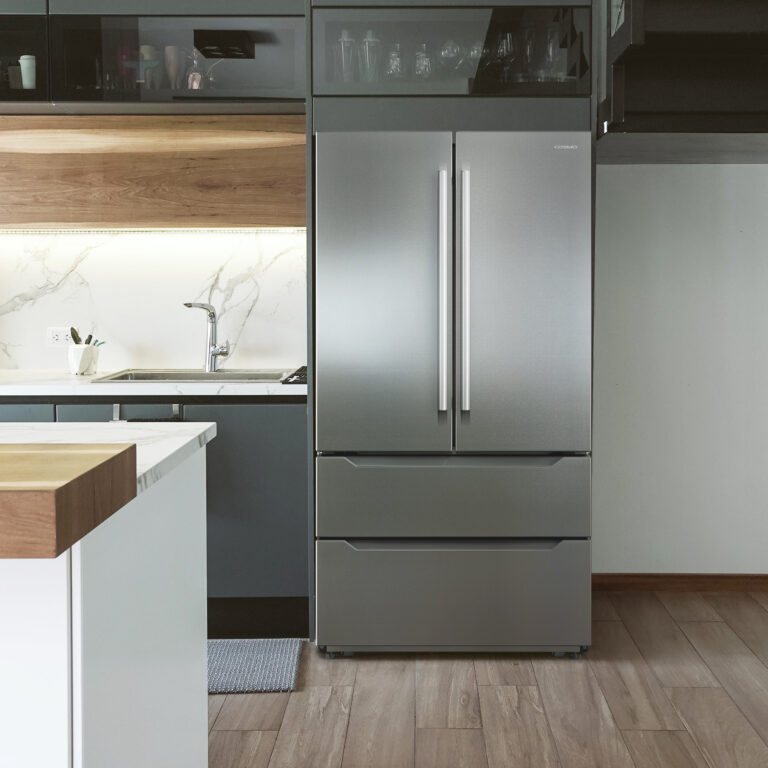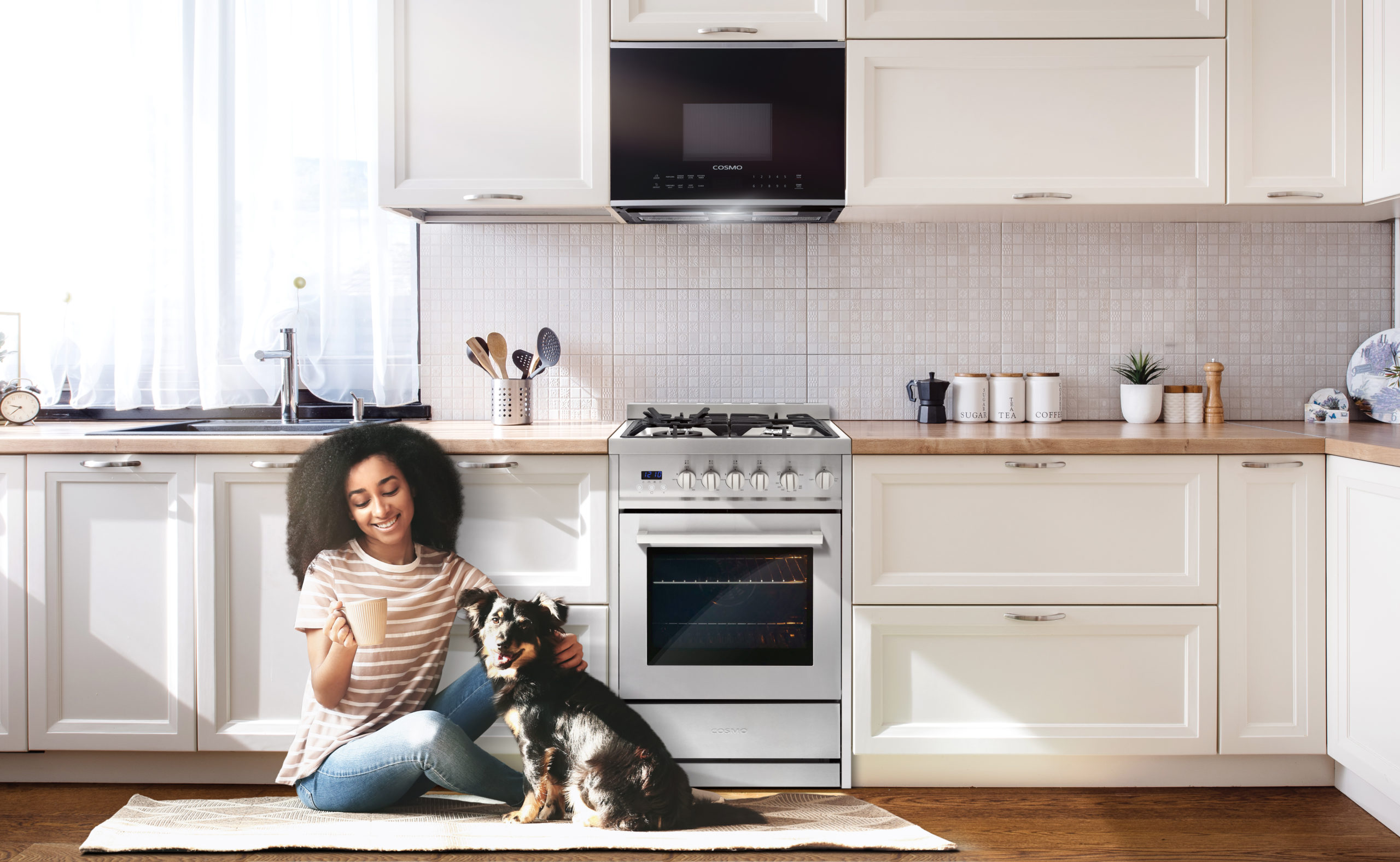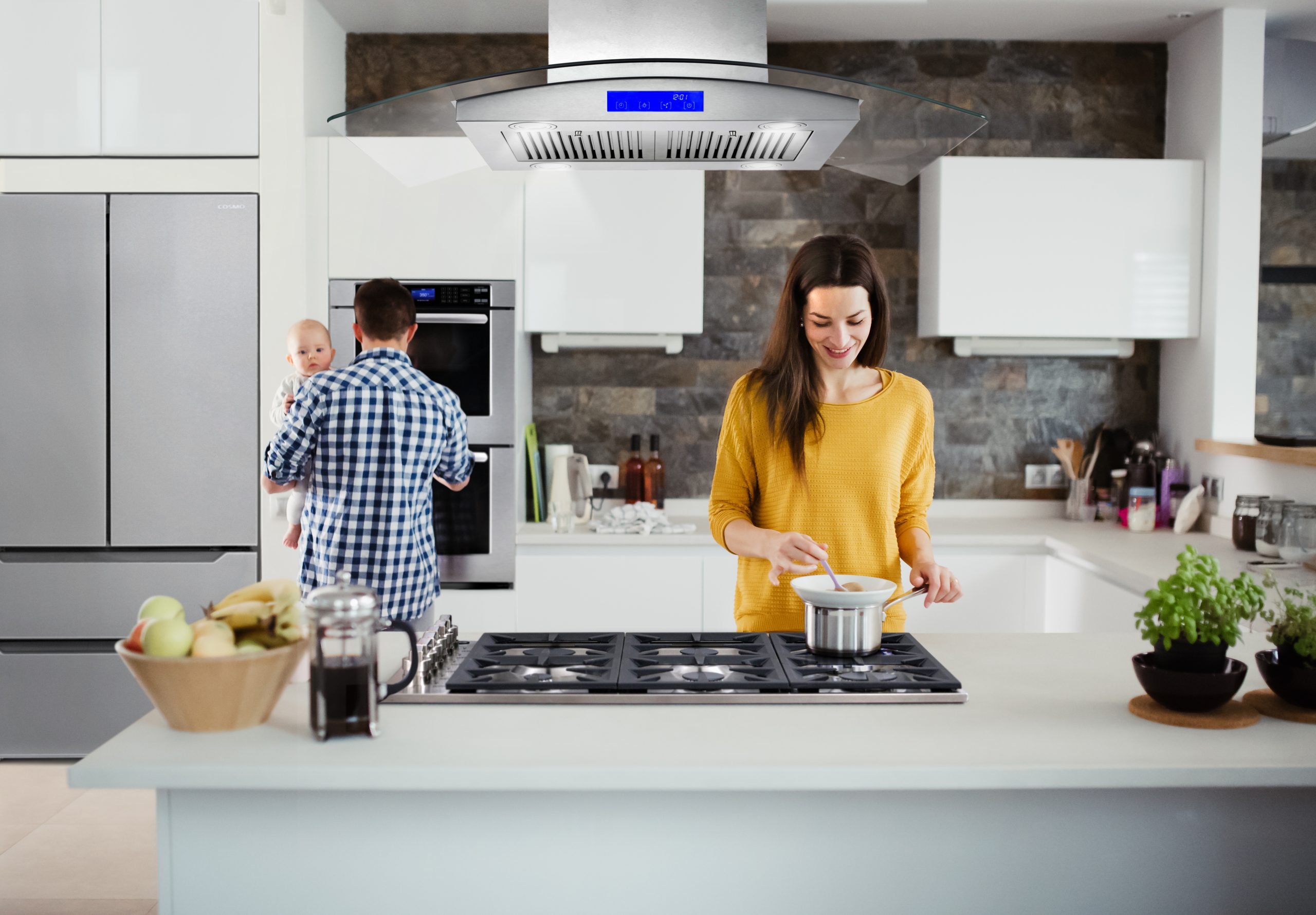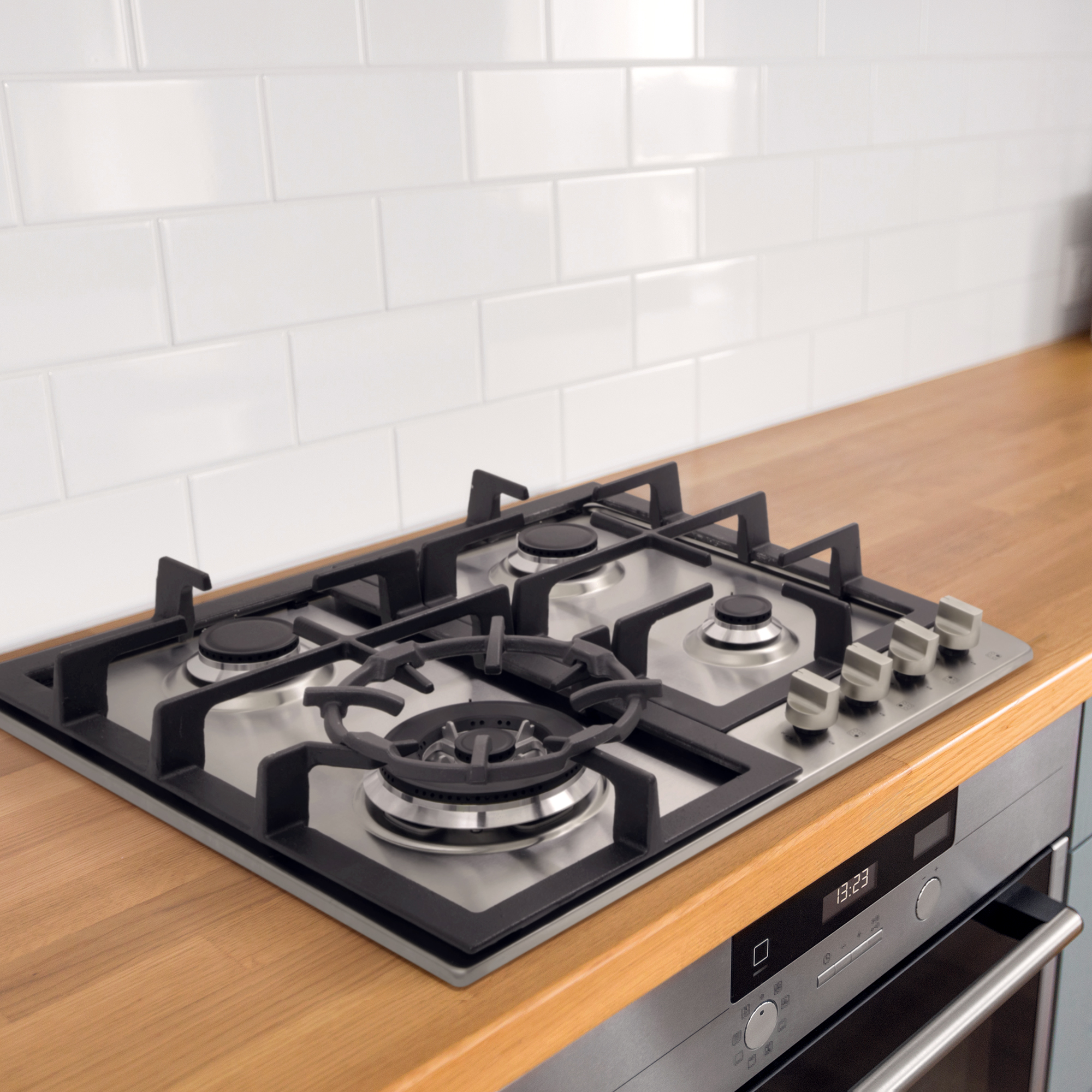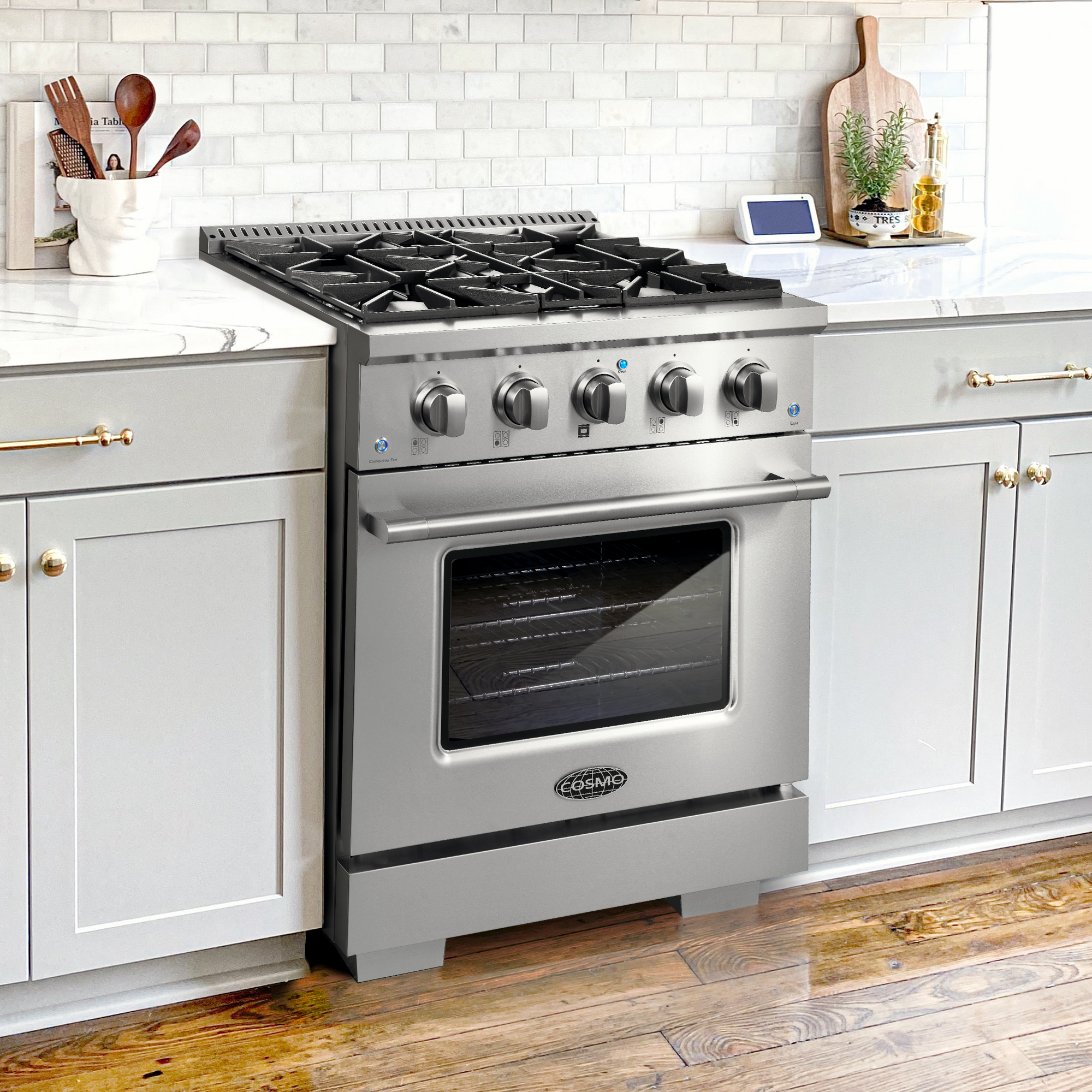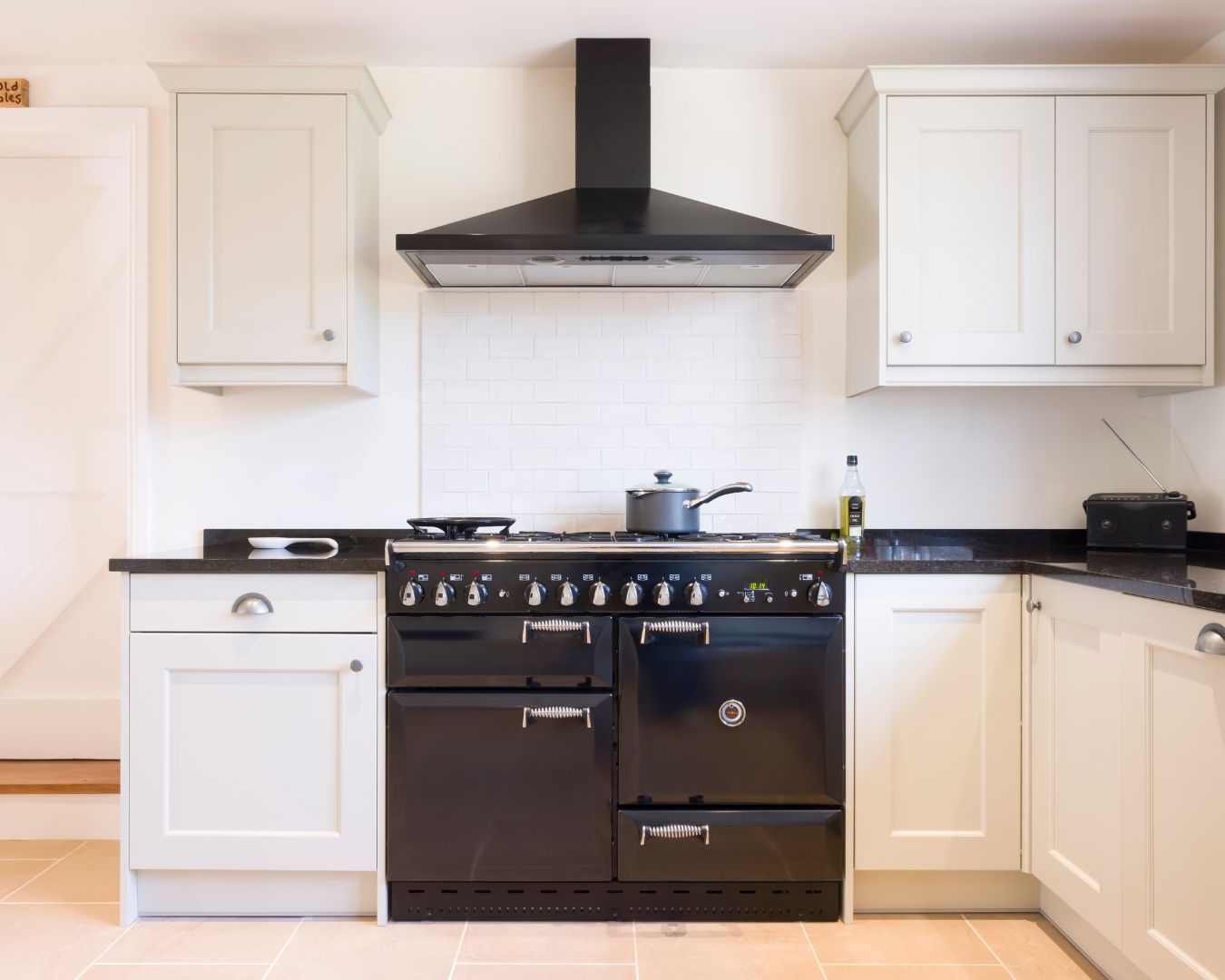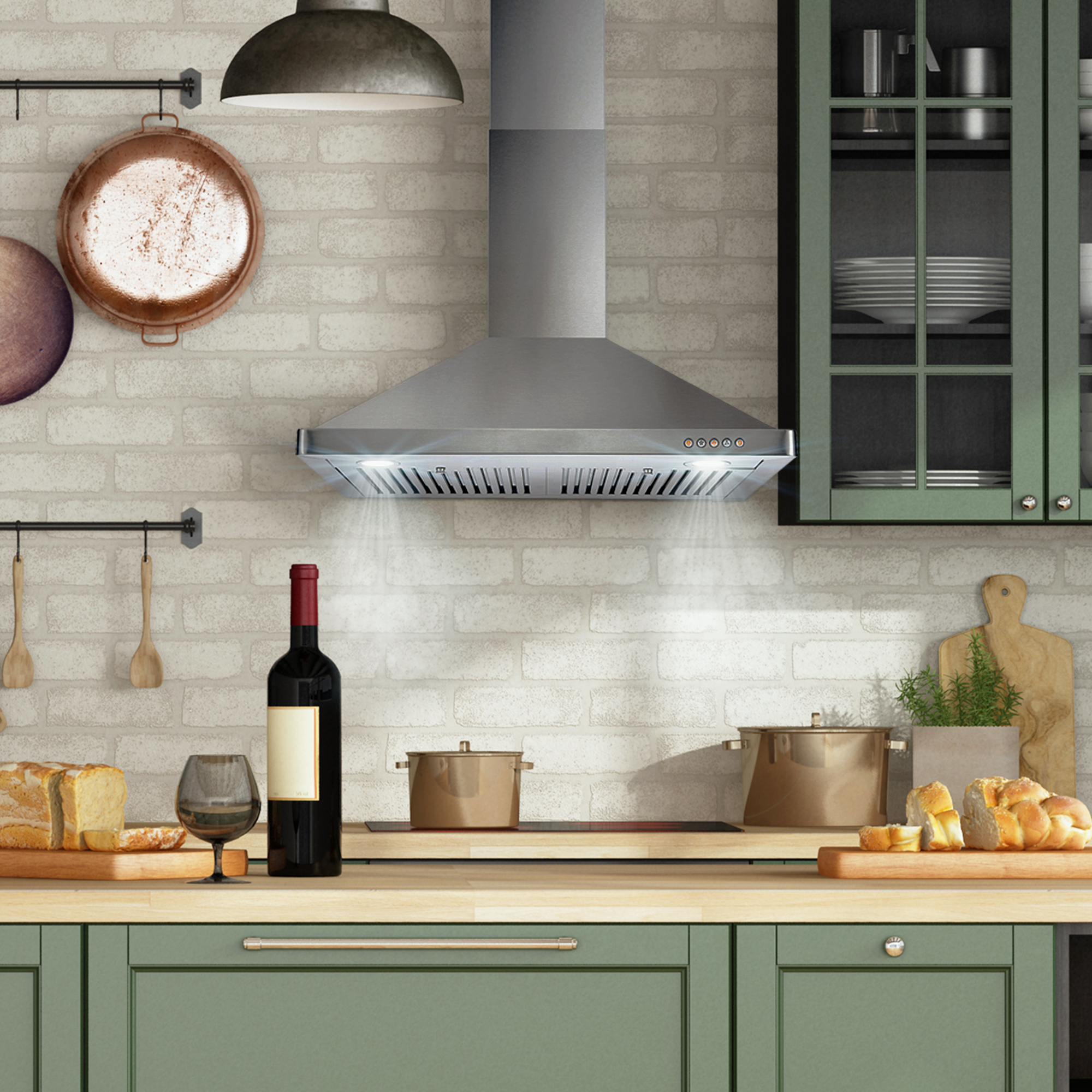The COS-DIS6502 Built-In Dishwasher: Hidden Controls for a Sleek Kitchen Design
Modern kitchens demand appliances that combine powerful performance with clean, streamlined aesthetics. The COS-DIS6502 built-in dishwasher delivers exactly that with its hidden top control panel design that creates a seamless look while providing the cleaning power busy families need. This 24-inch dishwasher proves that you don’t have to sacrifice functionality for style when choosing kitchen appliances. Hidden control dishwashers have become increasingly popular because they offer a sophisticated appearance that works with any kitchen design. When the dishwasher door is closed, you see only clean stainless steel without visible buttons or displays interrupting the smooth lines. This design approach creates a more integrated, custom look that many homeowners prefer over traditional front-control models. Why Hidden Controls Make a Difference The hidden top control design of the COS-DIS6502 creates a clean, uninterrupted appearance that works beautifully in modern kitchens. When the dishwasher is closed, nothing identifies it as anything other than a sleek cabinet panel. This seamless integration helps create the custom, built-in look that makes kitchens feel more expensive and professionally designed. Hidden controls also prevent accidental activation by children or pets. Since the control panel is only accessible when the door is open, there’s no risk of curious hands changing settings or accidentally starting a wash cycle. This safety feature gives parents peace of mind while maintaining the dishwasher’s sophisticated appearance. The controls themselves are positioned at the top of the door where they’re easy to reach when loading dishes but completely out of sight during normal use. This placement keeps the interface convenient while maintaining the clean aesthetic that makes hidden control models so appealing. Professional kitchens and high-end homes have used hidden control appliances for years because they create a more streamlined, intentional appearance. Now this same design approach is available at accessible price points, bringing professional aesthetics to everyday kitchens. Four Wash Cycles for Different Cleaning Needs The COS-DIS6502 offers four distinct wash cycles designed to handle various soil levels and dish types effectively. Having multiple cycle options means you can customize cleaning based on what you’re washing, which improves results while potentially saving water and energy. The normal cycle handles everyday loads with moderate soil levels. This cycle works well for dishes used for typical family meals, providing thorough cleaning without excessive water or energy use. Most households find the normal cycle meets their needs for daily dishwashing tasks. Heavy or pots and pans cycles tackle stubborn, baked-on food and heavily soiled items. These cycles use higher water temperatures and extended wash times to break down tough soil that normal cycles might not fully remove. Use these cycles for roasting pans, casserole dishes, and cookware with stuck-on food. Quick or express cycles clean lightly soiled dishes in less time, perfect for dishes that just need freshening up or when you need clean dishes quickly. These cycles work well for plates and glasses from light meals or when you’re entertaining and need to turn dishes around quickly. Eco or energy-saving cycles use lower temperatures and less water while extending wash times to achieve good cleaning results with reduced environmental impact. These cycles take longer but can significantly reduce utility costs over time, making them ideal for households focused on efficiency. Capacity That Handles Real Family Loads With 12 place settings capacity, the COS-DIS6502 accommodates typical family dinner loads comfortably. This capacity means you can fit dinner dishes for a family of four to six people in one load, including plates, bowls, glasses, utensils, and serving pieces. The interior layout maximizes space efficiency through smart rack design and adjustable components. Upper and lower racks are configured to hold various dish sizes and shapes, from large dinner plates to delicate wine glasses. Fold-down tines in the top rack create flexibility for loading different items. You can fold tines down to accommodate larger items like mixing bowls or serving platters, then return them to upright positions for regular dish loads. The silverware basket provides organized storage for utensils while ensuring proper water circulation for thorough cleaning. The basket design prevents utensils from nesting together, which can prevent proper cleaning and sanitizing. Loading efficiency improves when you understand how to maximize the available space. Face soiled surfaces toward the center where spray arms can reach them effectively, and avoid overcrowding that prevents proper water circulation. Stainless Steel Construction for Durability The stainless steel interior and exterior construction provides both durability and attractive appearance. Stainless steel resists stains, odors, and corrosion better than plastic alternatives while maintaining its appearance over years of use. The stainless steel finish coordinates beautifully with other kitchen appliances, creating a cohesive look that enhances your kitchen’s overall design. This finish works with both contemporary and traditional kitchen styles while providing long-term durability. Interior stainless steel surfaces are easier to clean and maintain than plastic tubs. Food particles and grease don’t adhere as strongly to stainless steel, and the smooth surface rinses clean more easily during wash cycles. The material choice also contributes to better drying performance. Stainless steel retains and releases heat more effectively than plastic, which helps dishes dry more thoroughly at the end of wash cycles. Stainless steel construction typically lasts longer than plastic alternatives, making it a smart long-term investment. The material resists wear, maintains its appearance, and continues performing effectively even with daily use over many years. User-Friendly Features for Daily Convenience The control lock feature prevents accidental changes to wash settings once you’ve started a cycle. This safety feature is particularly valuable in households with children who might be tempted to press buttons on appliances. Activating the control lock is typically a simple process involving pressing and holding specific buttons for a few seconds. Once locked, the controls won’t respond to button presses until you unlock them using the same process. The lock feature also prevents accidental interruption of wash cycles. Family members can’t accidentally cancel a running cycle or change settings mid-wash, ensuring your dishes get properly cleaned. Clear indicators show when the control lock is active, so you

